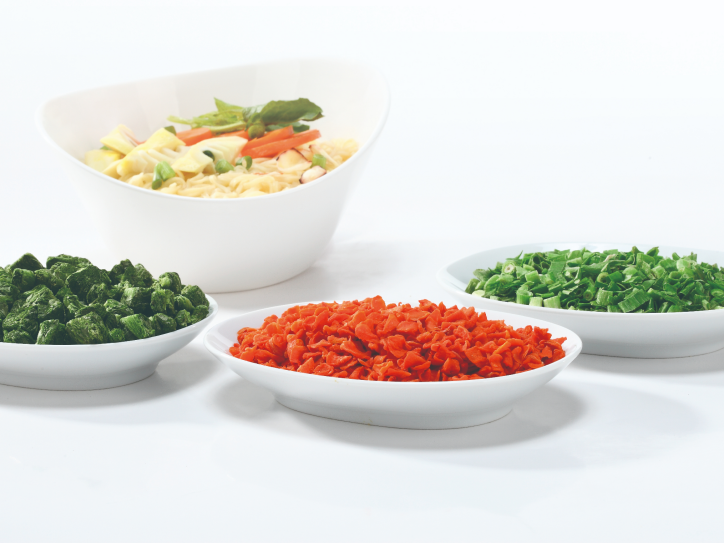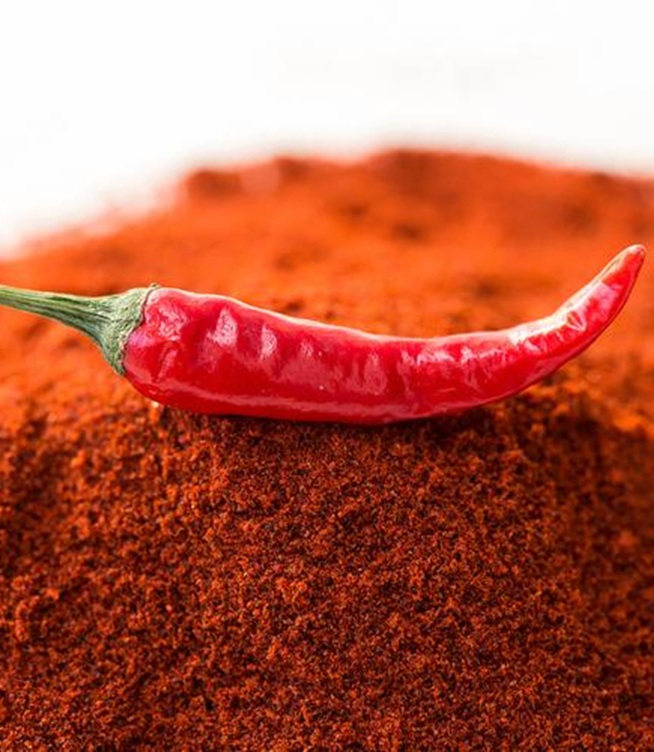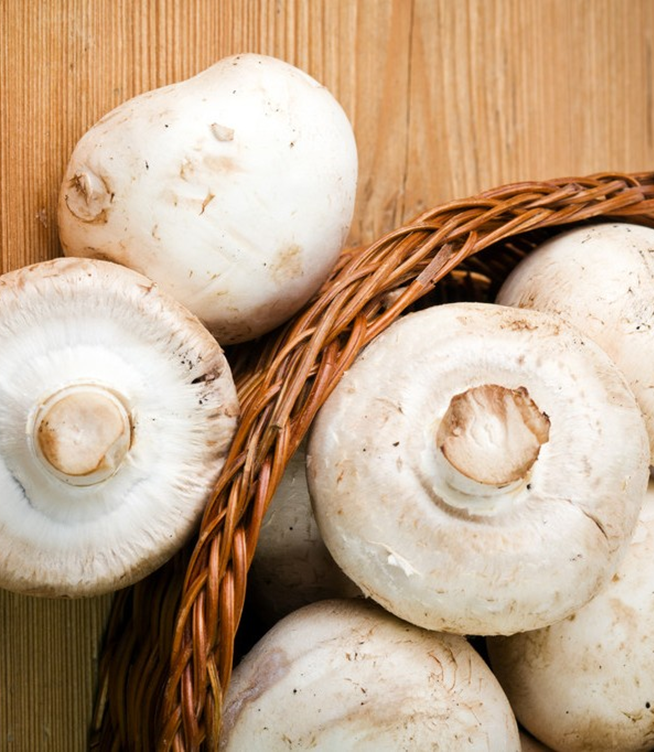How Dehydrated Vegetables Are Transforming Global Food Systems
A quiet culinary revolution is unfolding in kitchens around the world. Vegetables, stripped of up to 90% of their water content yet retaining nearly all of their nutritional value, are reshaping how we think about food preservation. These lightweight, shelf-stable ingredients can spring back to life with just a splash of water, delivering farm-fresh flavors in mere moments. According to industry forecasts, the global market for dehydrated vegetables is set to reach $107.8 billion by 2031, growing at an annual rate of 5%. But what’s behind this rapid transformation in the food system? Let’s explore.
3 Key Drivers Behind the Dehydration Revolution
Unmatched Convenience
In today’s fast-paced world, time is a luxury. Dehydrated vegetables are saving urban dwellers an average of 35 minutes daily on meal prep. Consider Japan, where instant miso soup packets, which include rehydrated vegetables, sell a staggering 2.8 billion units each year. As lifestyles grow busier, the demand for quick, nutritious meal solutions is skyrocketing, and dehydrated vegetables are leading the charge.

Preserving Nutrition
Through advanced technology like freeze-drying at -40°C, helps preserve up to 98% of the vitamin C in vegetables like spinach. This process ensures that consumers get the same nutritional benefits as they would from fresh produce, making it possible to enjoy the full benefits of vegetables long after their harvest. What’s more, the use of such advanced techniques is bringing space-age food technology to the average kitchen, making high-quality ingredients accessible to everyone.
Sustainability and Waste Reduction
Vegetables account for a staggering 23% of the 1.3 billion tons of food wasted globally every year. By reducing water content, dehydration significantly extends shelf life, enabling vegetables like carrots to stay fresh for up to 730 days. This not only reduces food waste but also cuts transportation emissions by up to 65%, making dehydrated vegetables a key player in the push for more sustainable food systems.

New Consumption Trends Fueling Growth
The rise of dehydrated vegetables is creating exciting new trends in various sectors:
The Camping Economy: With outdoor activities booming, dehydrated veggie packs have become a staple in the camping food market. In 2023 alone, sales of dehydrated camping meals surged by 42% in North America, demonstrating their growing popularity among adventurers.
The Meal Prep Revolution: In China, ready-to-cook brands are leveraging dehydrated ingredients like shiitake mushrooms, which can extend product shelf life by up to three times. This trend is transforming the meal prep market and making home cooking more efficient than ever.
Gym-Goers’ Secret Weapon: Dehydrated vegetable powders are becoming a popular choice on fitness supplement shelves, accounting for 35% of offerings. These nutrient-dense powders are being used to create fiber-rich soups and snacks that support an active lifestyle.
3 Cutting-Edge Trends Shaping the Future of Dehydrated Foods
As the dehydrated vegetable market continues to evolve, new technologies and consumer preferences are driving the next wave of innovation:
Molecular Preservation Breakthroughs: Innovations in food science are pushing the boundaries of how we preserve nutrients. Dutch company FoodJet has developed a nano-coating that retains 99.2% of the lycopene found in tomatoes, making dehydrated tomatoes even more nutritious.
Flavor Fusion: In South Korea, dehydrated broccoli flavored with kimchi has become a hit among Gen Z consumers. With a 70% repeat purchase rate, this fusion of flavors is fueling the popularity of unique, globally-inspired dehydrated vegetable products.
Blockchain for Traceability: Transparency is becoming a top priority for consumers, and blockchain is stepping in to ensure that dehydrated vegetables are traceable from farm to table. By scanning a QR code, consumers can follow a vegetable’s journey and even access “drying diaries” verified through blockchain technology, ensuring full accountability and trust.
The Future of Dehydrated Vegetables
As the worlds of sustainability, convenience, and nutrition converge, dehydrated vegetables are emerging not just as a practical solution but as a culinary upgrade. The $100 billion-plus industry is revolutionizing food preservation and offering an array of possibilities for consumers and chefs alike. From simple camping meals to Michelin-star kitchens, dehydrated vegetables are redefining how we think about fresh food.
What’s next for this exciting industry? Imagine smart packaging that automatically rehydrates meals or AI-designed flavor combinations that cater to consumer tastes. One thing is clear: the dehydration revolution is just getting started.










